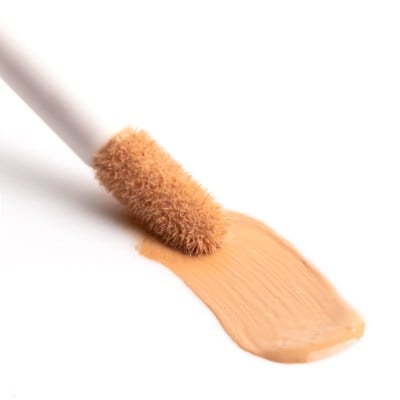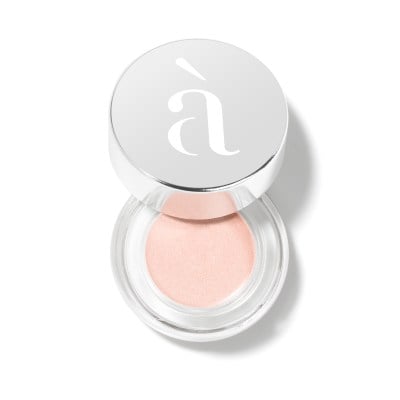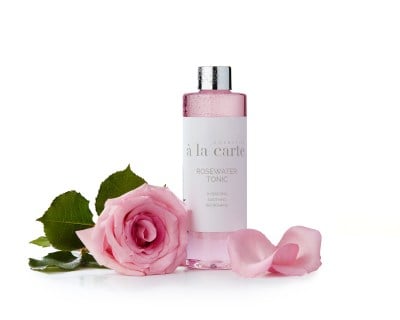The Secret To Beautiful Eyes Part II: Expert Solutions For Dark Circles
Considered synonymous with tiredness and advancing years, dark circles are among the top beauty concerns customers raise with us at Cosmetics à la Carte.
Following the success of their article offering expert solutions to hooded eyes (which you can read here) we are delighted to announce the latest collaboration of Lynne Sanders, Cosmetic Scientist and Founder of Cosmetics à la Carte, and Dr Elizabeth Hawkes, Chelsea-based Consultant Ophthalmic and Oculoplastic Surgeon.
In the article which follows, they combine their beauty and medical expertise to create a comprehensive guide to correcting dark circles.
Find out more about Dr Elizabeth Hawkes’ expertise in eye health and advanced facial aesthetics, and her extensive range of services.
What causes dark circles?
Despite the familiar association with tiredness, Dr Elizabeth Hawkes explains that dark circles are driven by a fact of anatomy: “Uniquely in the body, there is no subcutaneous fat underneath the skin of the eyelid and under our eyes. For this reason, the skin around the eyes is prone to appear darker than the rest of the face, whatever our lifestyle.”
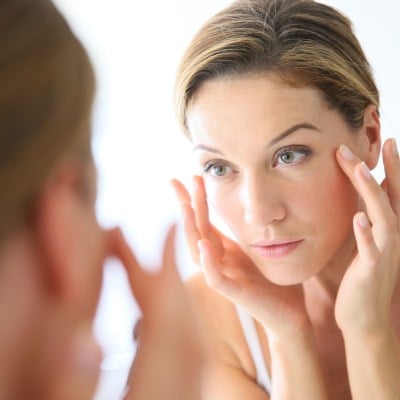
However, Dr Hawkes adds there are certainly contributing factors making dark circles more likely and more prominent.
The most important factors are as follows:
- Genetics – “either a family history of dark circles or higher levels of melanin in certain ethnicities leading to more deeply pigmented skin”
- Circulation issues - “eyelids are very vascular, but these vessels can become dilated due to poor circulation, and therefore more visible beneath the skin”
- Allergies – “conditions such as hayfever and eczema can cause hypertrophy and erythema of the skin which contributes to discolouration”
- Dehydration
- Smoking
- Ageing – “volume loss and descent of the structures around the eyelid as we age combine with atrophy in the bone of the orbit, causing the eyes to sit further back in the socket and appear sunken, enhancing the appearance of dark circles”
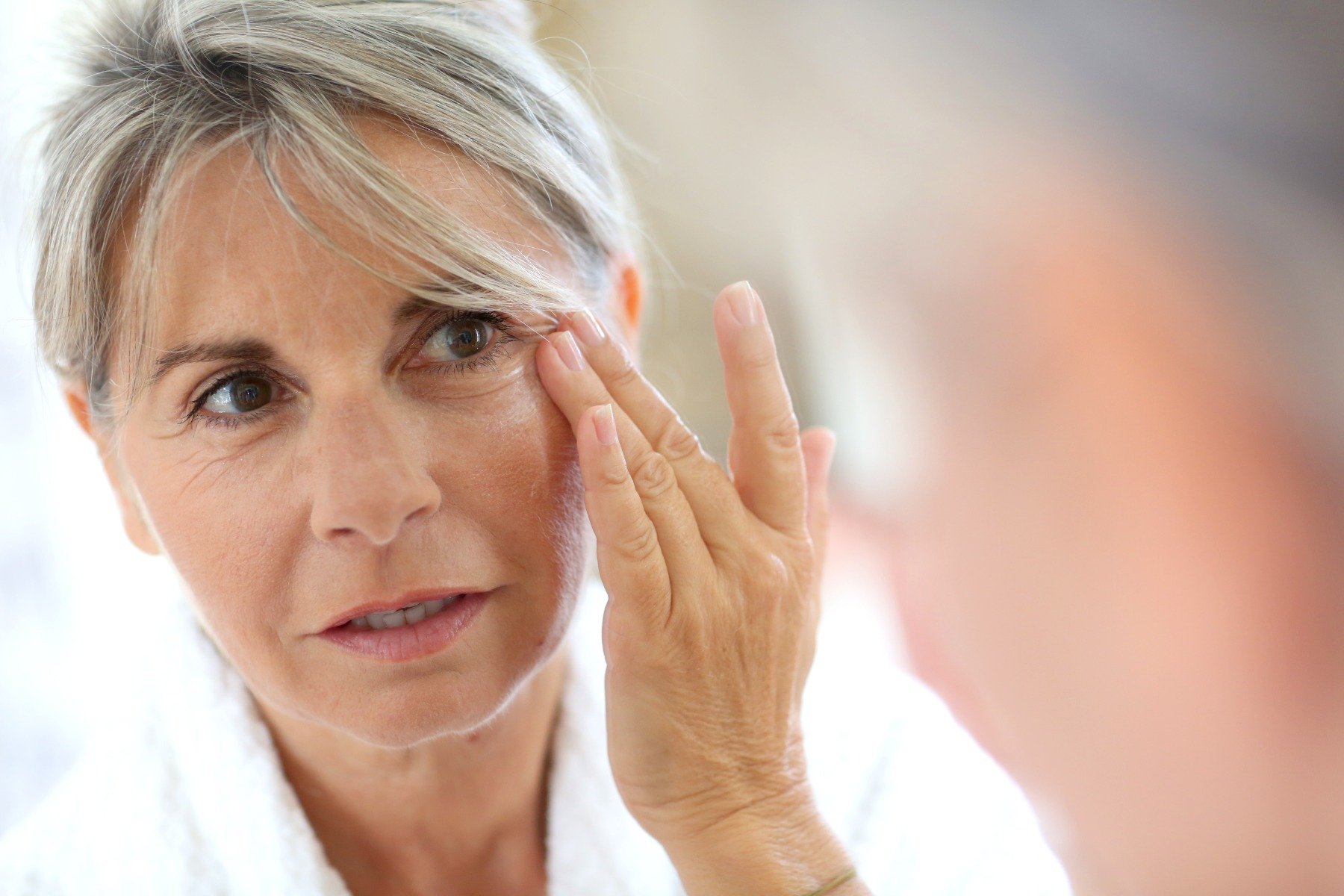
Can I conceal my dark circles?
Dr Elizabeth Hawkes and Lynne Sanders agree that a good quality undereye concealer can work wonders to minimise the appearance of dark circles during the day, whatever their cause.
Lynne recommends using fluid concealer formulas for the eye area such as Cosmetics à la Carte’s multi-award-winning Secret Light Serum Concealer to give light to medium coverage or Future Flawless Concealer, giving medium to full coverage.
When it comes to choosing a shade, you should follow your undertone. If you have warm golden or olive undertones, choose apricot or coral tones of concealer such as Cosmetics à la Carte Secret Light Melba (pictured) or Nectar.
If you have cool rosy or pink undertones, you should choose peachy pink to terracotta concealer shades like Secret Light Magnolia or Almond.
Another expert tip, according to Lynne is to “Avoid going for a concealer that is too pale. This will risk looking ashy, may give you “panda eyes” and exaggerate the appearance of puffs.”
Where should I apply concealer to cover dark circles?
If you do a Google search on this topic, the answers will seem overwhelming! Lynne Sanders reassures us that the technique is much simpler than it seems:
“If dark circles are the main concern, you should apply concealer around the whole orbital area, but avoid the outer part of the undereye area where “crows’ feet” or smile lines tend to form, as this is where the makeup is most likely to show.
When applying, remember to include the eyelid, as this is where a lot of discolouration can occur, and the area between the tear duct and the nose. As we age, this area can attract shadows.”
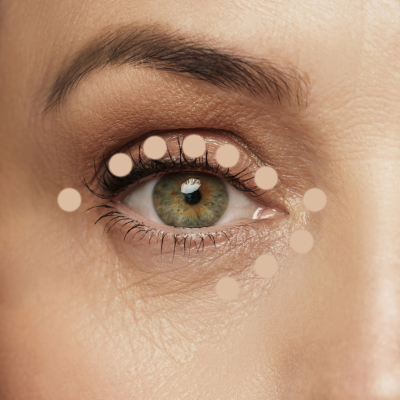
With the right tone and coverage of concealer, you should not need to apply an additional colour-correcting product before putting on concealer.
What technique is best for applying concealer?
Lynne Sanders recommends the “tap and pat” technique of tapping one or two dots directly from the concealer wand and patting gently into the skin with fingertips or a soft yet precise brush like the Cosmetics à la Carte Shadow Brush or Blending Brush.
She adds “Patting is better than rubbing or pulling the skin, which is very delicate around the eyes. Try to apply a little at first, then add more layers to get the right level of coverage. This will look more natural and last longer than applying a lot and blending it out.”
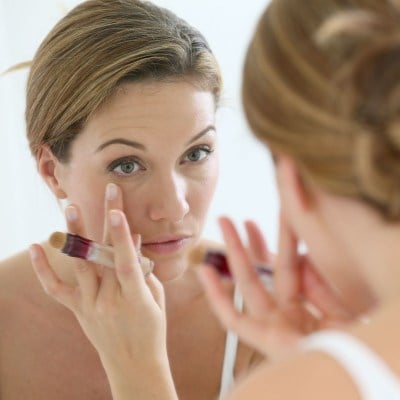
What is the best eye makeup for dark circles?
Smart choices in the rest of our eye makeup can also help us to look brighter and more wide-awake.
According to Lynne Sanders, the goal of makeup for dark circles is “as much about diverting attention away from shadows as covering them.”
To this end she recommends wearing a flattering and brightening colour of eyeshadow across the lid as part of your eye makeup look. This, she says, “will help you look fresher than if you simply used concealer on its own.”
Lynne prefers to use a dewy, sheeny shimmer for this effect – whatever your age! Her view is that: “while glitter is perhaps to be avoided as we get older, shimmer is your friend at every age.”
Cosmetics à la Carte’s award-winning Luminous Cream Shadow Shell (pictured) and Champagne can be beautiful brightening options for light eyes while Dream and Amour can both be beautiful for dark eyes.
It is advisable to avoid wearing brown and taupe shades across the eyelid when dark circles are a concern. This is because, as Lynne explains, “There are brown tones in our undereye shadows and brown eye makeup will simply magnify their effect.”
Colour choice is personal, and creative, and, for optimal results, it's worth investing in a professional makeup artist consultation. This will help with the colour of concealer and eyeshadow that flatter your skin tone and suit the shape of your eyes. Book in for a Makeup Playtime at the Cosmetics à la Carte boutique for 1-1 advice and helpful tips.
The importance of gentle cleansing
When removing your makeup, Dr Elizabeth Hawkes stresses the importance of doing so “carefully and gently, with minimal rubbing of the eyes.”
Lynne Sanders concurs, urging us to avoid astringent chemicals in your makeup removers and cleansers. Steer clear of "Denatured Alcohol (Alcohol Denat.), Butylene Glycol, and any foaming cleanser featuring Sodium Laureth Sulfate”
Lynne also advises customers to avoid creamy cleansers around the eye area, “because the oils will disrupt the natural balance of our protective tear fluid, overwhelming the glands that make it, leading to irritation, weepy eyes and more pronounced puffiness.”
Look instead to Cosmetics à la Carte’s oil-free and hydrating Total Lift Off or Rosewater Tonic to remove eye makeup gently without rubbing or stinging. Splash with fresh, clean and lukewarm water to remove any residue at the end.
What skincare can help with dark circles?
According to Dr Elizabeth Hawkes, the research leads us to focus on core beauty tenets rather than “silver bullet” creams for dark circles:
“You should stay hydrated by drinking enough water, avoid smoking, get enough sleep and take steps to protect your skin from UV such as wearing sunglasses and SPF. It is also a good idea to apply a night cream at night to keep the delicate skin around the area moisturised.”
Among the Cosmetics à la Carte range, Lynne Sanders recommends Hydrasmooth Night Cream as a formula for the face that can also be used around the eyes. This light and easily absorbed cream features advanced active Renovage TM to boost the youthspan of your skin, and natural extract Acmella Oleracea to temporarily minimise fine lines.
However, if you also have puffiness as well as dark circles, consider avoiding eye cream at night as it can promote water retention. Instead use an oil-free eye serum in the morning.
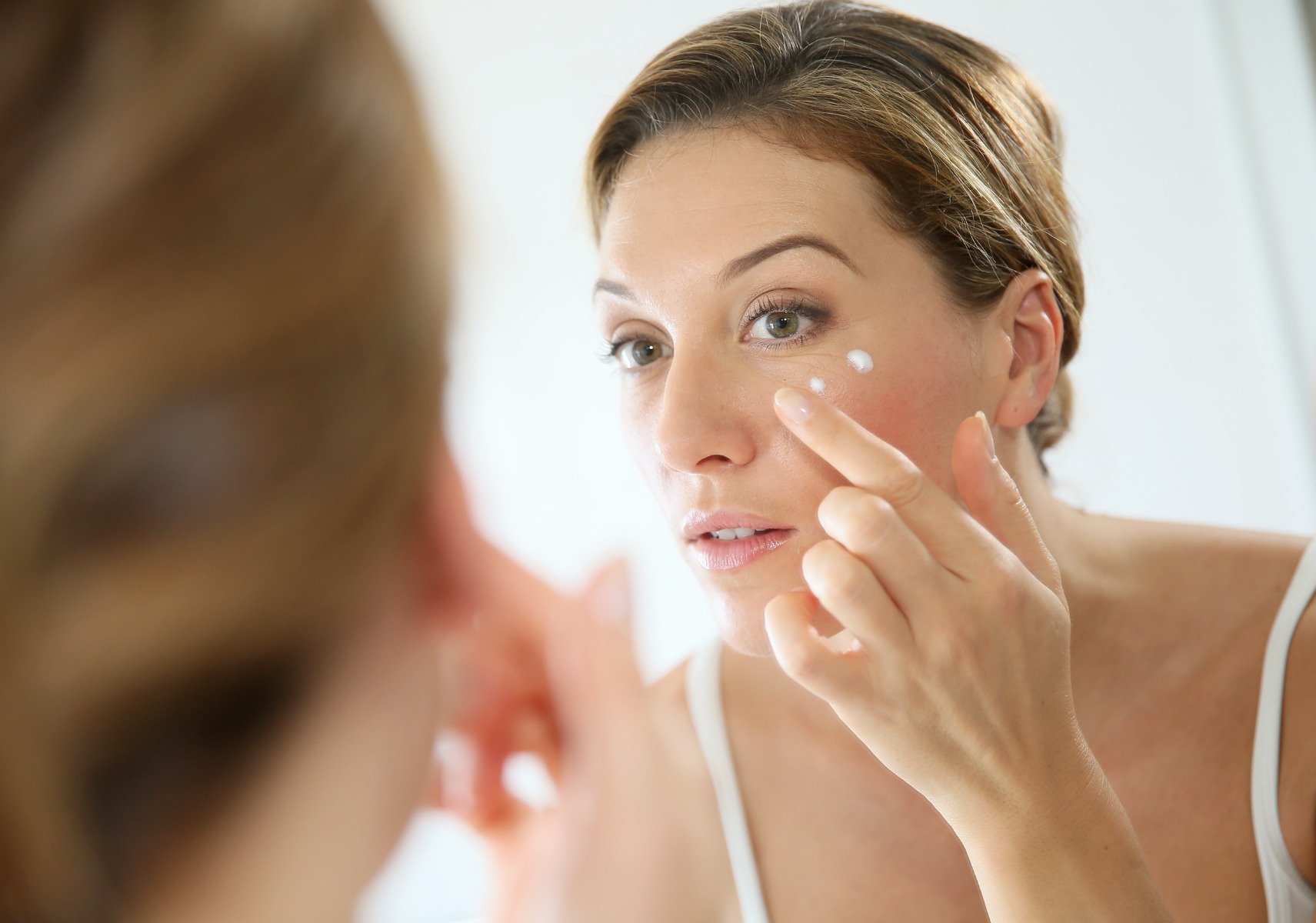
How should I apply eye cream?
It’s all about technique! Dr Elizabeth Hawkes has the following advice for applying eye cream to best effect:
“The skin around the eyes is extremely delicate and for this reason you need to apply eye cream as gently as possible. You need to use a blob of eye cream approximately the size of a pea. After you've dotted it on, use the pad of your finger to pat, rather than rub, the eye cream to help it absorb. Keep patting until fully absorbed.
Take care to go all the way around your orbital socket - the bone that surrounds your eye. You can feel its circular shape. Eye cream needs to be applied to this entire area. You can use your sunglasses as a guideline and apply cream to any part of your face that is covered by them.”
The following morning, it’s important to remove residue with a refreshing cleanse. Lynne Sanders explains this crucial step will “prevent product build up and occlusion – often seen as white dots.” She recommends Cosmetics à la Carte Rosewater Tonic as a “gentle, pH balanced morning cleanse that won’t irritate the skin and will also actively hydrate the area.”
What are the medical treatments for dark circles?
According to Dr Elizabeth Hawkes, there are treatments for dark circles available but, before proceeding to a treatment of your choice, it’s vital that you first visit an oculoplastic specialist who will take a full medical history and perform a thorough examination to ascertain the underlying cause and ultimately determine the correct management.

Dr Hawkes explains: “There is a prescription only treatment that will help reduce the production of melanin in the skin and can be a useful tool in improving the appearance of dark circles, however it has to be used under the guidance of a specialist only.”
Other treatments for dark circles vary depending on the cause and include some or several of the following:
- topical prescription creams to provide allergy relief
- chemical peels
- dermal fillers to restore volume – called tear trough filler
- surgical lower eyelid blepharoplasty, or
- anti-wrinkle injections to the orbicularis muscle
But Dr Hawkes cautions us against self-diagnosing online: “A thorough ophthalmic examination is necessary to exclude an eye disease or allergy that could be affecting the skin such as allergic conjunctivitis.”
Find out more about medical treatments for dark circles on Dr Hawkes' website.
